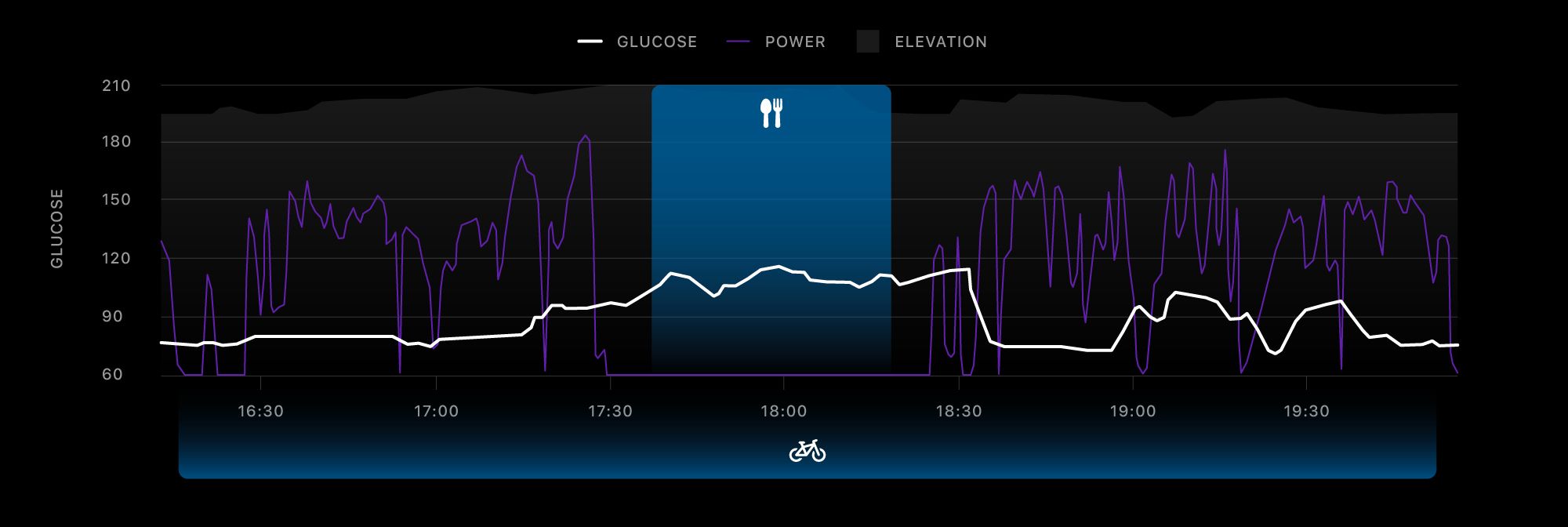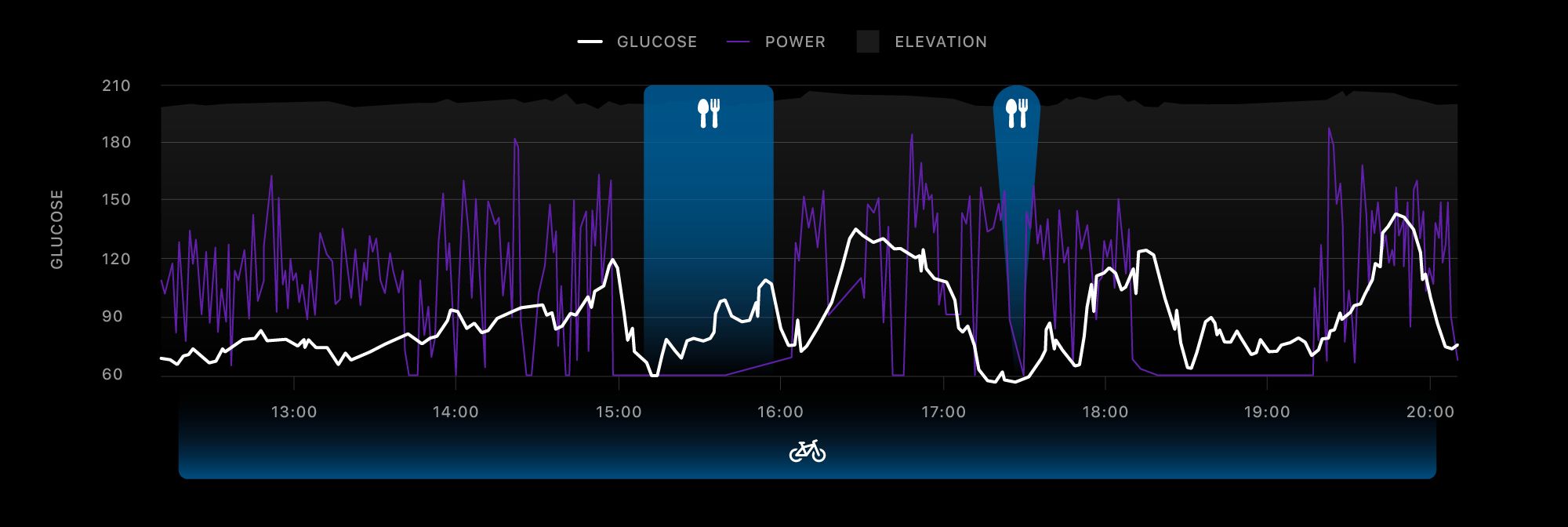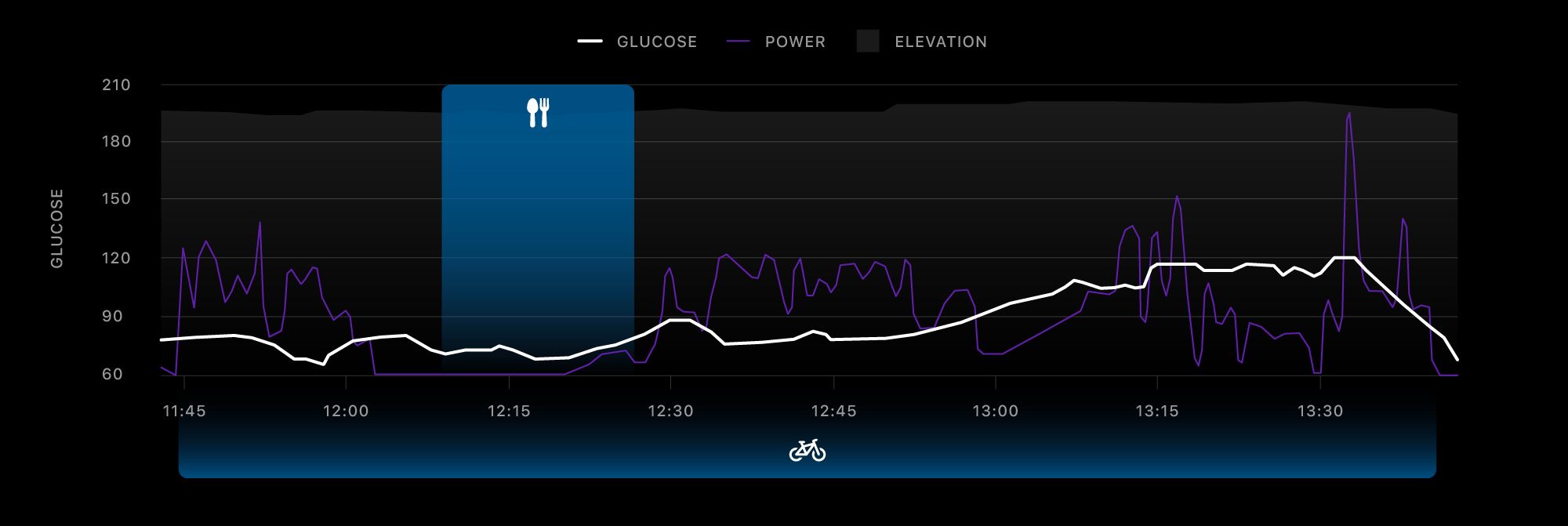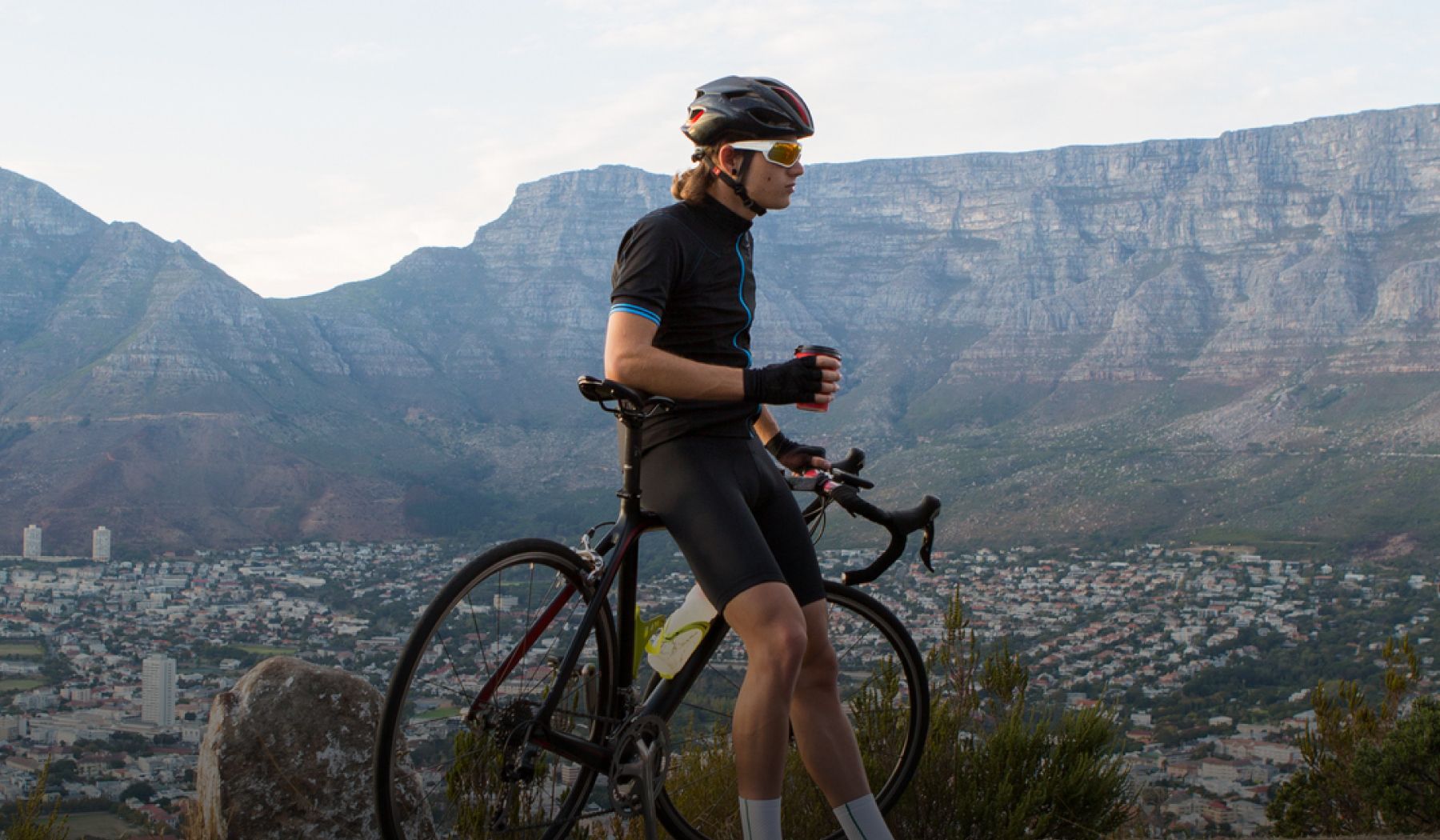Cyclists know the phenomenon well, you stop at a cafe, grab your coffee and something baked to help get you home, maybe even some soft drink if the ride has been particularly hot and long. You relax, socializing with the other cyclists, drinking and eating casually. The fun has to end some time and clip back in to head home. You start pedaling but something is wrong, surely someone didn’t pour cement into your legs?
This phenomenon is probably familiar to some trailrunners too, given their propensity to stop for a tart at an alpine hut.
What is ‘Cafe Legs’?
The feeling of heavy, fatigued, ‘dead’ legs following a period of sitting at a coffee shop is what is colloquially referred to as ‘cafe legs’.
What Causes Cafe Legs?
It is hard to be absolutely certain what drives cafe legs and it is likely a combination of factors that result in the phenomenon. Something that is very unlikely to play a role is the coffee you drink (unless it’s a very big oat latte).
Recovery Mode Activated
One way to understand the phenomenon is through global metabolism. That is, broadly; what is your metabolic state?
Whilst exercising you are generally breaking down stored energy and using anything you eat or drink to fuel exercise fairly quickly. Once you have stopped for a period of time and things ramp down metabolically, you move more into a state of recovery. This state is one of storing available fuels to replenish stores, reducing available circulating substrates (like glucose).
What is the role of Glucose in Cafe Legs?
Circulating glucose is important for multiple reasons, and the body maintains the concentration of glucose very tightly. The key in this case is to understand how the body removes glucose from the bloodstream and moves it into cells, where it can be burned or stored - which is covered in this blog. In short, the transporters that do this can be activated by both insulin (a hormone released by the body for this purpose) and muscle contraction (the way the body can use glucose in muscles whilst exercising). The difference here is important and relates to the metabolic state mentioned above. If you have sat at the cafe long enough, and eaten (or drunk) carbohydrates (read; baked goods and almond/oat milk) your body will likely release insulin to store these carbohydrates, and kick off other anabolic processes (see the metabolic state link above for an explanation), to start your recovery.
This isn’t necessarily a bad thing, but the body generally transitions slowly rather than instantaneously and so when you get back on the bike and start pedaling you can get into some trouble. Specifically, the insulin released is still doing it’s job, but now with muscle contractions, the body is removing even more glucose from the bloodstream and you can end up with an episode of ‘rebound hypoglycemia’.
What Does ‘Cafe Legs’ Look Like Using Supersapiens?
We tasked some of the Supersapiens team’s more avid cycling and baked good connoisseurs with experimenting with some different strategies to manage the potential role of glucose in ‘cafe legs’. The below data sets are taken from the Supersapiens Dashboard using the Training Peaks Integration.
Xylon (Story Teller)
You can see below Xylon has made a food event during his ride to indicate when he had his latte and scone. You can also see the impact of the scone on his glucose, which reaches 180mg/dL, he then starts riding again. In this case, the impact of both insulin and the insulin independent glucose uptake caused by muscle contraction has caused a huge hypoglycemic event, with his glucose being as low as 60mg/dL. Most notably here is the change and its rate, that is the drop from 180mg/dL to 60mg/dL and the fact it happened over around 15mins.

Jack (Social and Community Manager)
Jack, having stopped for an hour, managed to have 2 espressos and a Veloforte bar (we will ignore the fact he is drinking espresso in the evening, probably wrecking his sleep). You can see a similar pattern to Xylon’s above, however there is no significant rush in glucose prior to the drop in glucose Jack experiences. His symptoms of ‘cafe legs’ were still present though.

In Jack’s second effort, he had a much more significant ‘cafe legs’ experience. After riding out of the cafe, he started to feel poorly almost instantaneously, subsequently stopping to grab a can of ‘the black doctor’ (aka coke). Whilst it looks like Jack’s glucose goes up after leaving the cafe, observant readers will note this is when he was actually stopped (based on his power data). This is relevant as interstitial glucose is a concentration, and the outcome of delivery and utilization, so when Jack stopped, it allowed some normalization of glucose (or even a seemingly significant increase) which resulted from maintained delivery with reduced utilization. Having stopped to buy his coke and following his glucose dropping again Jack then drank his coke (as marked), helping lift his glucose back up.

As part of this article Jack and Xylon were manipulating the timing of their intake with respect to the proximity of departure post cafe stop (see below). In Jack’s first example his bar was 40 mins prior to leaving and in the second his cinnamon bun was 55 mins before leaving.
In Xylon’s example, he ate his scone 30 mins before cycling out of the cafe. This somewhat explained the differences between them. Xylon experiences a more classic rebound hypoglycemic event, where a significant increase in glucose precedes the drop whereas Jack does not. This is likely somewhat related to timing.
What Else Could be Playing a Role?
Put simply: Warm up.
Many athletes (especially endurance athletes) don’t give too much thought to warm up. Perhaps this reflects the fact that a bulk of their training is generally quite low intensity but the role of warm up is crucial to top performance and it provides some insight into the ‘cafe legs’ phenomenon.
In brief the process of warming up generally achieves the following:
- Metabolic state change (if necessary), see above.
- Increase cardiac output (more blood pumping around the body)
- Increase body temperature (this can help many metabolic processes)
- Opening of capillary beds in the muscles, these are not needed at rest or very low intensity exercise (this helps deliver oxygen and nutrients whilst removing metabolic by products in working muscles)
- Metabolic rate; as mentioned metabolism isn’t necessarily a quick acting system so it can take time to ramp metabolic rate up to meet demands during exercise.
How Do You Prevent Cafe Legs?
There are a few tactics you can use to try and prevent ‘cafe legs’:
- Shorter stops; stopping for shorter breaks can help prevent some of the changes above by not allowing your metabolism to change too significantly.
- Experiment with different timing; try to shift when you eat your food in proximity to leaving the cafe.
- Re-warm up; start riding slowly, and not uphill. Approach getting back on the bike as though it’s 3am and you’ve just rolled out of bed and onto the bike to go meet some friends - commuting watts not training watts.
Jack’s below glucose shows that he effectively managed the cafe stop, avoiding ‘cafe legs’. His total stop was relatively short (30 mins) and he only ate his croissant 15 mins before riding out. As a result he didn’t experience ‘cafe legs’ and his glucose looks much better.

